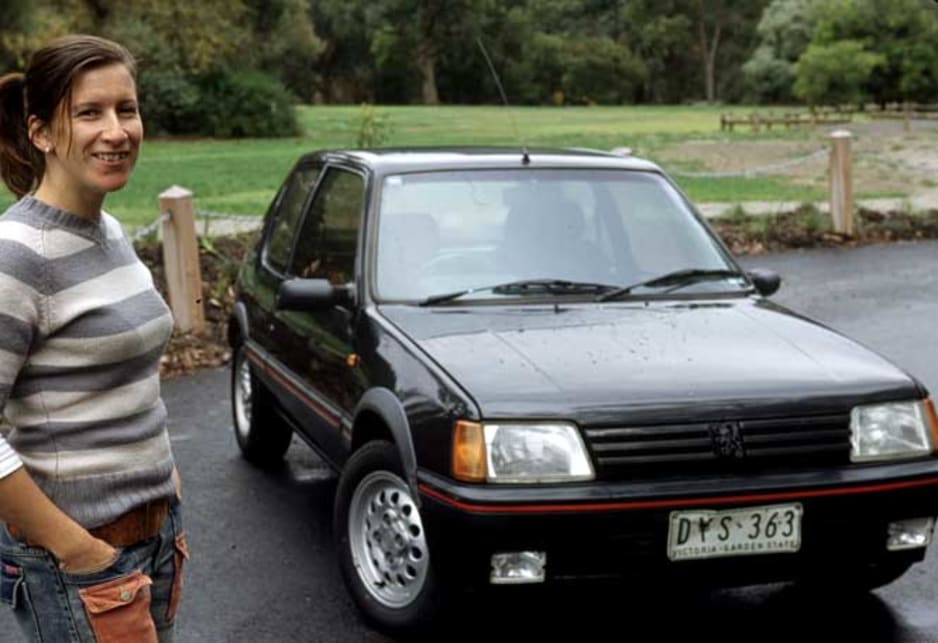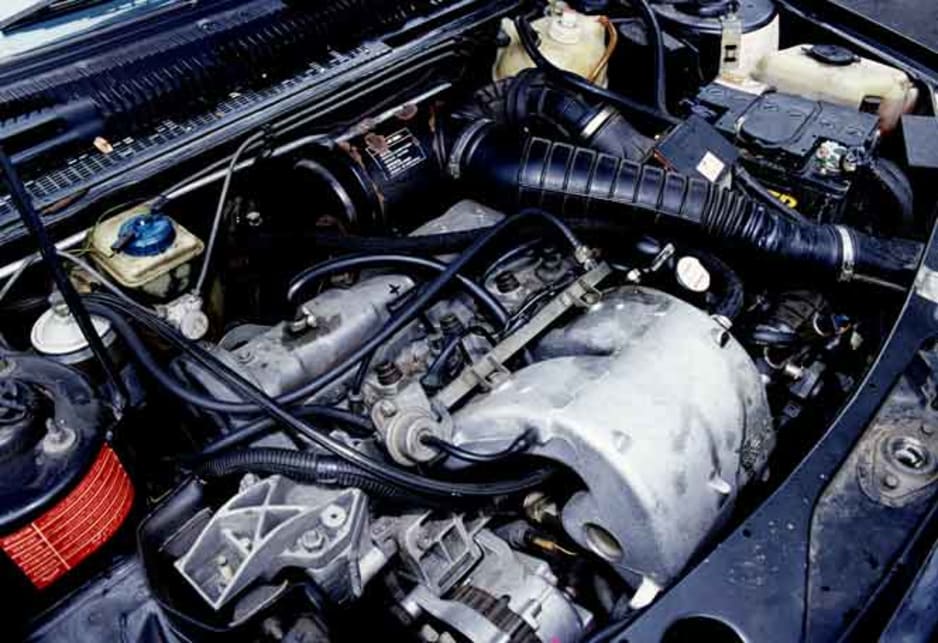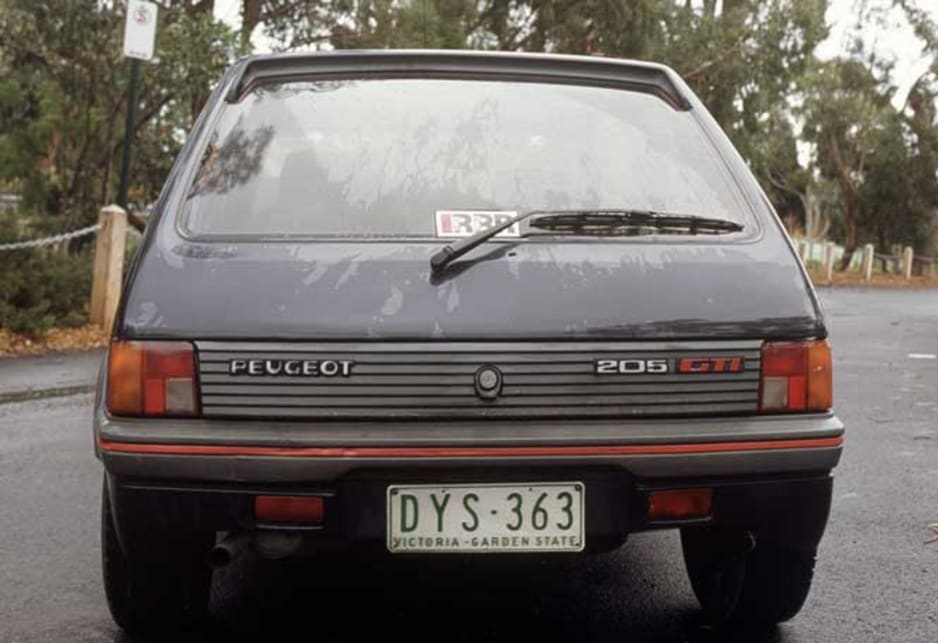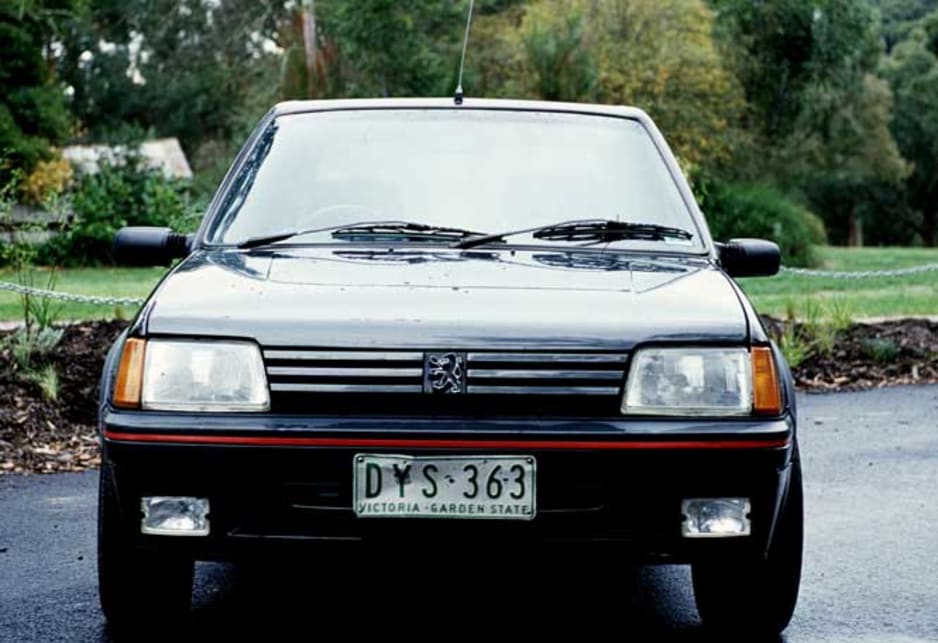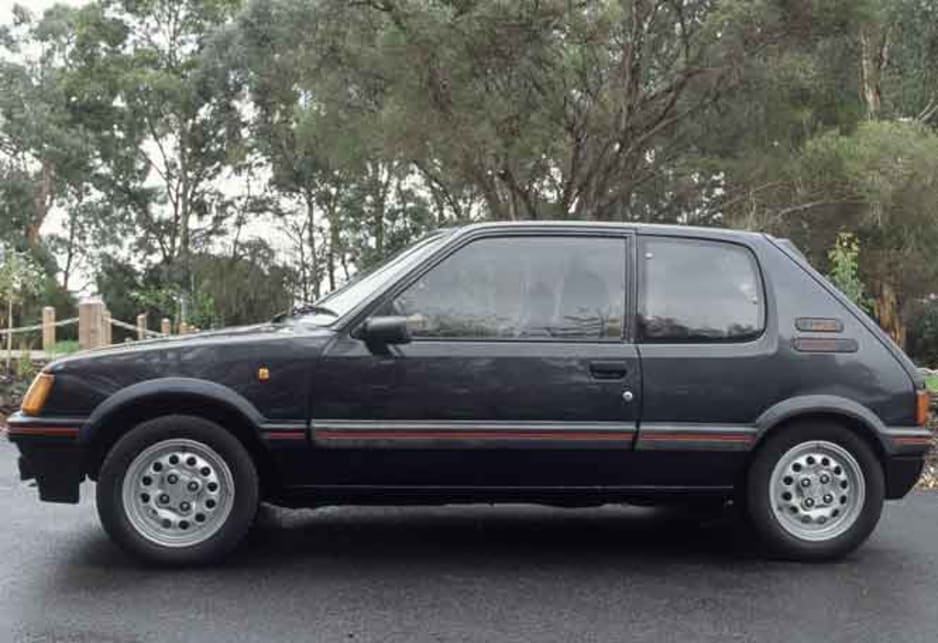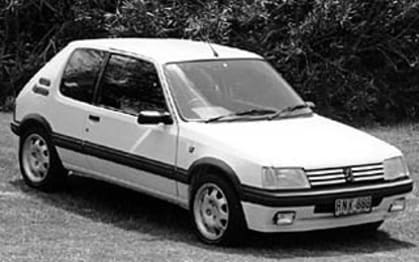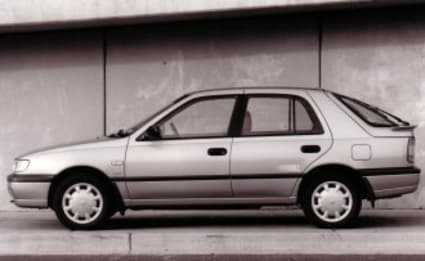
Used Peugeot 205 review: 1987-1994
- Peugeot 205
- Peugeot 205 1987
- Peugeot 205 1988
- Peugeot 205 1989
- Peugeot 205 1990
- Peugeot 205 1991
- Peugeot 205 1992
- Peugeot 205 1993
- Peugeot 205 1994
- Peugeot 205 Reviews
- Peugeot Reviews
- Peugeot Hatchback Range
- Hatchback
- Peugeot
- Used Car Reviews
- Buying tips
Hot hatches date back at least to the early 1960s when the then British Motor Corporation gave its blessing for the Mini Cooper, but it was taken to a new level with the VW Golf GTi, and its French rival, the Peugeot 205 GTi.
Both followed the proven Mini Cooper formula of taking a nimble little car and stuffing a hot engine under the bonnet, uprating the suspension to build on the agile foundation that already existed, dressing it up with some sporty graphics, and letting it loose on an unsuspecting car buying public.
That was the attraction of the hot hatch. Those in the know could pick it from the crowd, but those who couldn’t would usually be stitched up when the lights went green. Even better when those who were the butt of these automotive jokers were driving bigger, more powerful cars.
The oil crises of the 1970s changed the automotive landscape in a fundamental way. The motor industry had to go back to the drawing board and come up with new cars that were more fuel efficient, and that ultimately meant building smaller cars with smaller engines that stretched the golden litre further than it had ever been stretched before.
The Mini should have been a winner in this environment, but the British car industry was melting down with troublesome unions, appalling build quality from outdated plants, and designs that were bogged down in the past.
VW was also struggling to find a car that would replace the much loved, but quirky, Beetle, and used the Mini as the model for its Golf which has gone on to become the winner the Mini perhaps should have been in the long term.
While the Golf was a popular model, it was the hot GTi that redefined what a performance car could be when it was launched in a fuel starved Europe in the late 1970s. It handled brilliantly, had sizzling performance and looked the goods.
Across the border in France, Peugeot was also reworking the Mini formula in a way that would result in the 205. It too was a small front-wheel drive hatch with a wheel on each corner, and its funky little GTi also caused a sensation when it was launched in the early 1980s.
For a young guy or gal on the move in the 1980s there was nothing to compare to the 205 GTi. Like the VW Golf it had uprated sporty suspension, a hot engine, and a sporty body kit, but it was also cute in a way the Golf could never be coming from Germany.
Model watch
The 205 GTi finally came to Australia in 1987, but it wasn’t the GTi the Europeans were able to buy.
By the time it arrived here it had been detuned slightly to meet our exhaust emission laws, and down-specced to be price competitive in the local market.
The local GTi looked like its European cousin, it had the same three-slatted grille, the beefy rub strips down the sides, and the fog lamps. It also had the brilliantly nimble handling, but it didn’t quite have the sizzle of the Euro cars.
When first launched the GTi had a 1.9-litre single overhead camshaft engine with eight valves and fuel injection that put out just 75 kW and 142 Nm. The European models had around 100 kW, the difference being due to a lower compression ratio used on the engines here, along with a different cylinder head with different porting to cope with the exhaust emissions that were in force at the time.
The lower output meant the 205 GTi was something of a disappointment, but there was always the handling to compensate for the loss of power.
A five-speed manual transmission was standard and drive was through the front wheels.
There was also a long list of standard features to help make up for the lack of grunt. Air-conditioning was standard, as were 14 x 6-inch alloy wheels, central locking, fog lamps, a leather steering wheel, power windows, and a four-speaker radio cassette sound system.
Unfortunately power steering wasn’t standard, it seems that the Peugeot engineers couldn’t work out how to include air-conditioning and power steering in the 205 when they did the conversion to right-hand drive and they decided air-conditioning was more important for the Australian market. The result was heavy steering.
An update in 1991 brought power steering and air-conditioning, and a welcome injection of power.
The engine now had 90 kW and 152 Nm, which boosted performance to a much more acceptable level.
The 205 GTi finally disappeared from local showrooms in 1994, the cars sold from 1991 regarded as the ones to buy now.
In the shop
The 205 GTi was regarded as a great car when new, but by now they’re getting old so be careful when considering buying one. It would be wise to have it checked by an expert.
Many have been owned by enthusiast owners who have driven them hard. That’s what they were designed for, so that shouldn’t come as a surprise.
Avoid high mileage, and cheap cars as these can be troublesome. Look for low mileage cars that have been garaged, and serviced by Peugeot specialists.
A key part of the 205 GTi’s performance equation was their light weight, but with that came body flexing. When new that caused a lot of squeaking and squawking around the doors and rear hatch as the panels moved on the seals. Now it’s seen in the form of body cracking, seen mostly as cracking in the caulking used to seal panel joins.
Early cars were fitted with incorrect pistons at the factory, which caused piston slap rattle and excessive oil consumption. Most were fixed when new because of customer complaint.
High mileage engines need regular checks for oil consumption because they tend to burn oil. Wear in valve stems and seals is the most common cause of oil consumption today.
The gearbox is fairly robust, but is prone to failure of second gear synchro with high mileage. Replacement parts are available, at a cost of $700-$800.
A hard life on the road contributes to front suspension bush wear, and high rates of brake wear. Brake life of 30,000 km is quite normal. Rear subframe and trailing arm bushes are now being replaced quite often.
Owner's view
Ellen Dewar bought her 205 GTi three years ago, and while she admits it’s getting near the end of the road with 220,000-plus km on the odo doesn’t want to get rid of it. She loves it, she says, because it’s roomy despite being small, it’s got heaps of go, and lots of street cred. On the downside she’s had to replace a drive shaft, repair the air-conditioning, and the engine is burning oil.
Nick Barker bought his 1987 205 GTi a couple of years ago. It was his first car and he now admits he was a little gullible. The 17-year-old apprentice motor mechanic soon realised it hadn’t been well looked after, and he’s had to do a lot of work on it, including replacing both drive shafts, rebuilding the front brakes, and replacing the water pump to restore it to roadworthy condition. Despite the problems he says he loves the car, which he reckons is cool, and fast.
Look for
• agile go kart like handling
• sizzling performance, particularly from later engine
• lots of body squeaks, and even cracking
• cute and cuddly styling
• excessive oil consumption from worn engine
• wear in front and rear suspension
The bottom line
Fabulous little hot hatch with sizzling performance when new, but age is catching up with it, and that can result in expensive problems if you buy the wrong car. Buy with care..
Pricing
| Year | Price From | Price To |
|---|---|---|
| 1994 | $2,750 | $7,040 |
| 1993 | $2,750 | $6,270 |
| 1992 | $2,750 | $6,270 |
| 1991 | $2,750 | $6,270 |
| 1990 | $3,960 | $5,830 |
| 1989 | $3,960 | $5,830 |
| 1988 | $3,960 | $5,830 |
| 1987 | $3,960 | $5,830 |
Pricing guides
Range and Specs
| Vehicle | Specs | Price* | |
|---|---|---|---|
| GTi | 1.9L, ULP, 5 SP MAN | $3,960 – 5,830 | 1987 Peugeot 205 1987 GTi Pricing and Specs |
Other cars to consider
$3,960
Lowest price, based on third party pricing data


